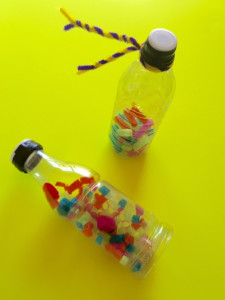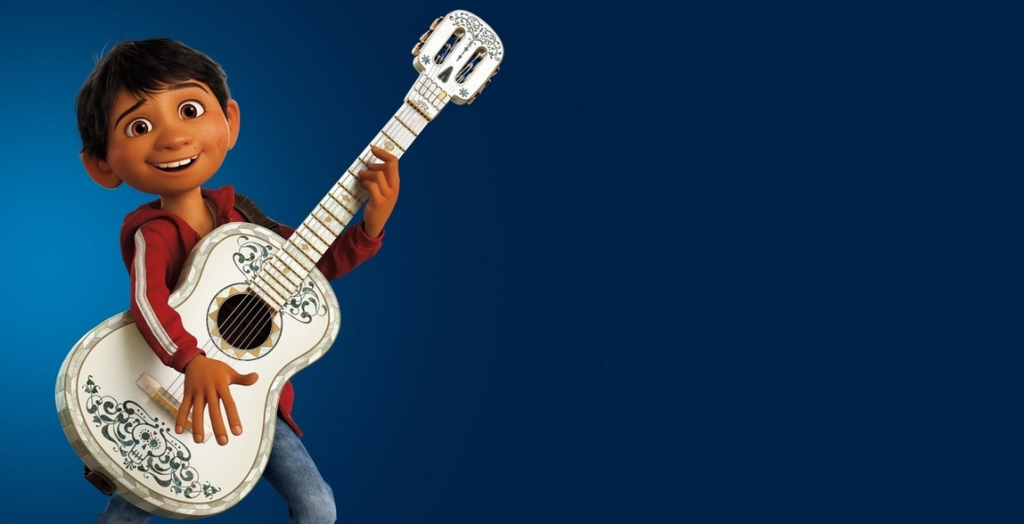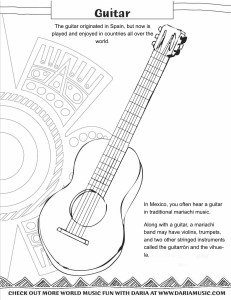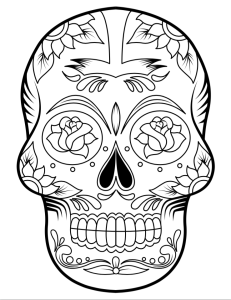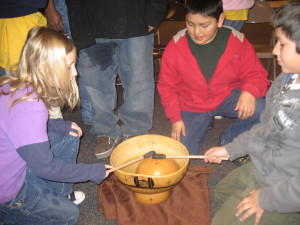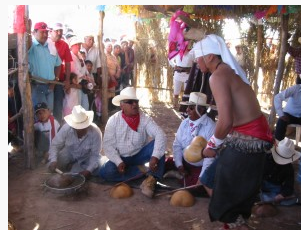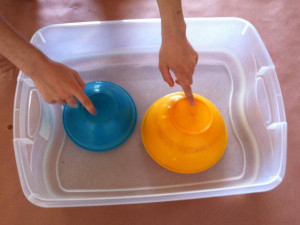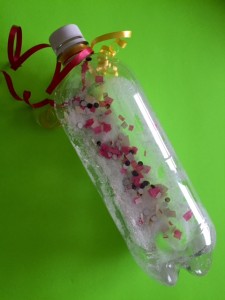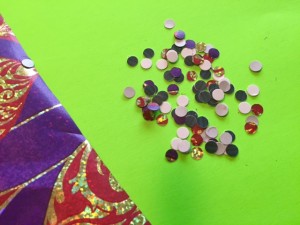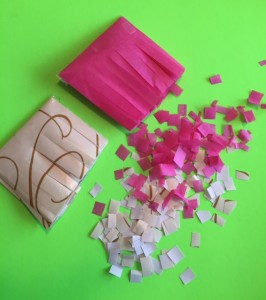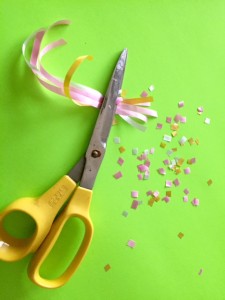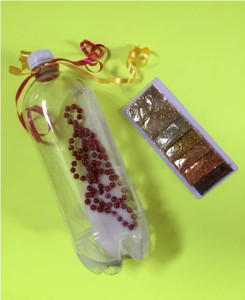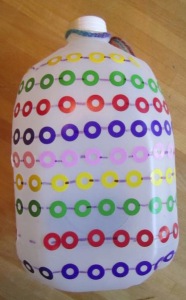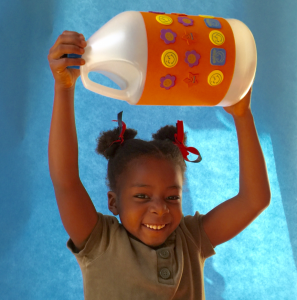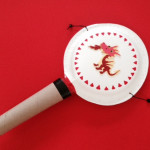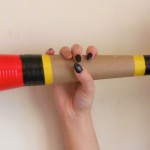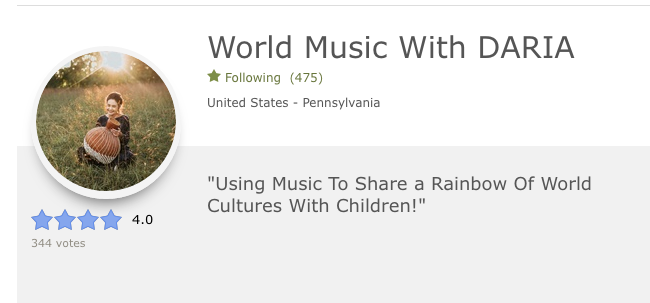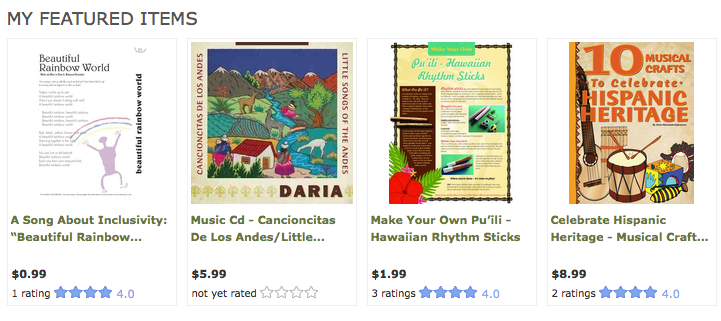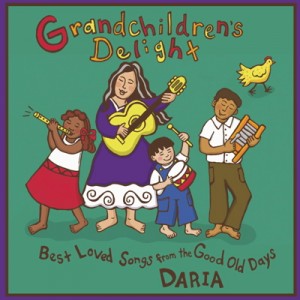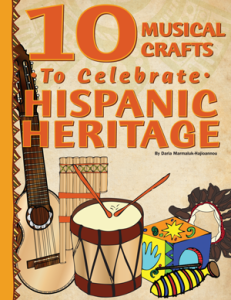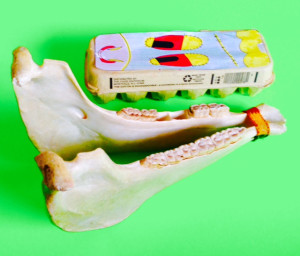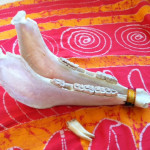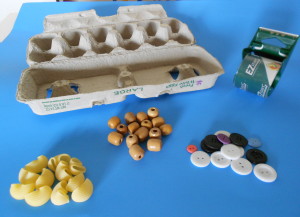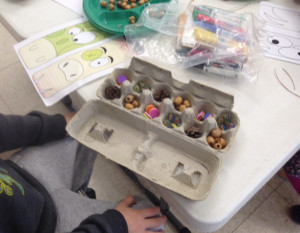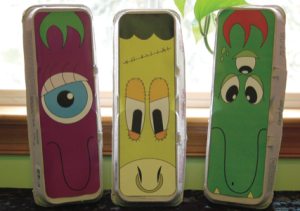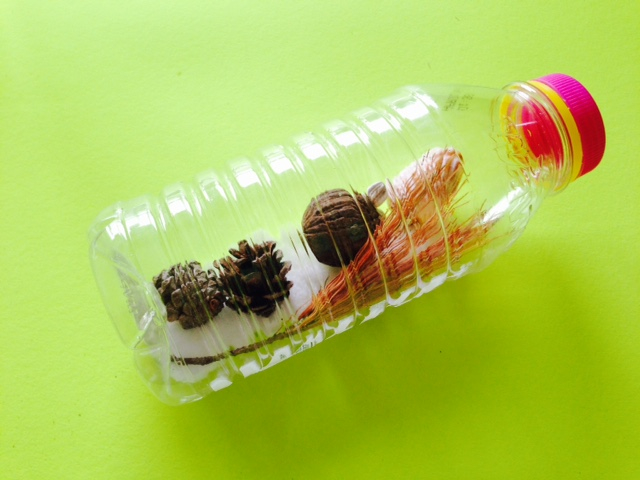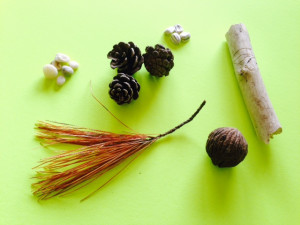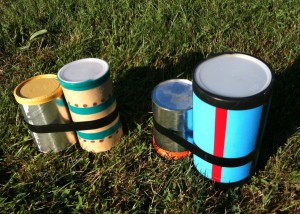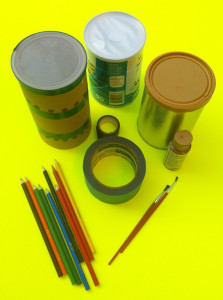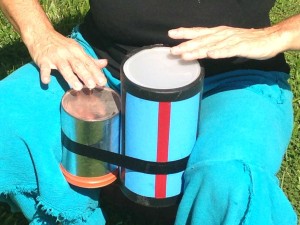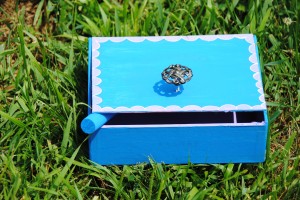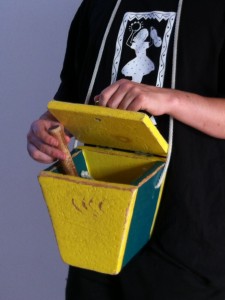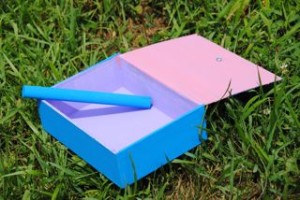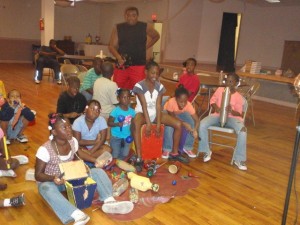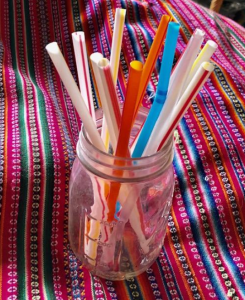 Are you trying to use less plastic?
Are you trying to use less plastic?
I meet more and more parents who are striving to use less packaging and plastic products. And it’s really encouraging to even see big companies – like Starbucks and the entire Marriott hotel chain – phasing out plastic straws altogether! But even if you are the most recycling-conscious family, you’ve probably ended up with some of those pesky plastic straws and wondered what to do with them.
Instead of tossing them into the waste stream, here are a host of great activities that reuse these not-so-disposable items and are fun and productive kid’s crafts as well.
Clean Your Straws
If you’ve ended up with straws from juice, smoothies or soft drinks you can easily clean them off before you craft with them. Rinse them in soapy water and let them stand them in a jar or glass for a few minutes (as seen above). In no time at all, they’ll be clean and ready to be used in any of the crafts below!
We love this craft! It is fun to make, also reuses plastic bottles and creates a quiet rattle that is never too loud, even when playing with bunches of friends! And if the straws you’ve used are colorful, they make wonderful patterns of colors as you shake them along to music.
What To Do
Cut the straws into small lengths, anything the size of a small bead to about an inch long. Cut them all the same length or mix up the sizes. And if you have straw pieces left, they are perfect for the sensory bins listed below or even the friendship bracelets!
To create the rattle, simply allow your child to drop any number of their favorite colors and sizes into the plastic bottle. When it looks and sounds perfect to your little one, put on the cap and seal with a sturdy electrical tape. This keeps the contents inside the rattle and makes the end-product child-safe.
Note: while creating any of these crafts, make sure the small pieces of straws don’t go in a child’s mouth.
More Musical Straw Crafts!
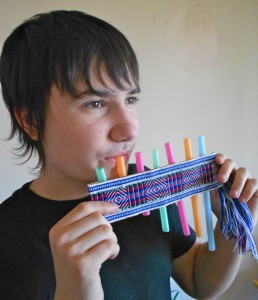 Panpipes Made From Straws
Panpipes Made From Straws
http://www.tinytappingtoes.com/early-learning-with-music/make-your-own-simple-panpipes/
Use straws as the contents to a “Roly Poly” Thing
http://www.tinytappingtoes.com/babies-and-music/make-a-roly-poly-musical-thing/
Use straws as the contents to an ocean drum
http://www.tinytappingtoes.com/babies-and-music/make-an-ocean-drum-for-world-oceans-day/
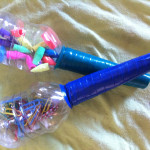 Use straws as the contents to a set of maracas
Use straws as the contents to a set of maracas
http://www.tinytappingtoes.com/uncategorized/an-easy-musical-craft-for-young-children-back-to-school-maracas/
Other Straw Crafts You’ll Love!
Sensory Bin With Straw Pieces – From Teaching Mama
https://teachingmama.org/plastic-straw-sensory-bin/
20 Assorted Drinking Straw Crafts For Kids- From Meraki Lane https://www.merakilane.com/20-drinking-straw-crafts-for-kids/
Simple Friendship Bracelets Made with Pipe cleaners and “Straw Beads” – From Kiwi Co – https://www.kiwico.com/diy/Arts-and-Crafts-Ideas/1/project/Straw-Bracelets/1169
More Crafty And Elegant Straw Bead Bracelets – Tutorial below and here’s hoping you reduce, reuse recycle and rock out with any of the crafts you’ve found here!

